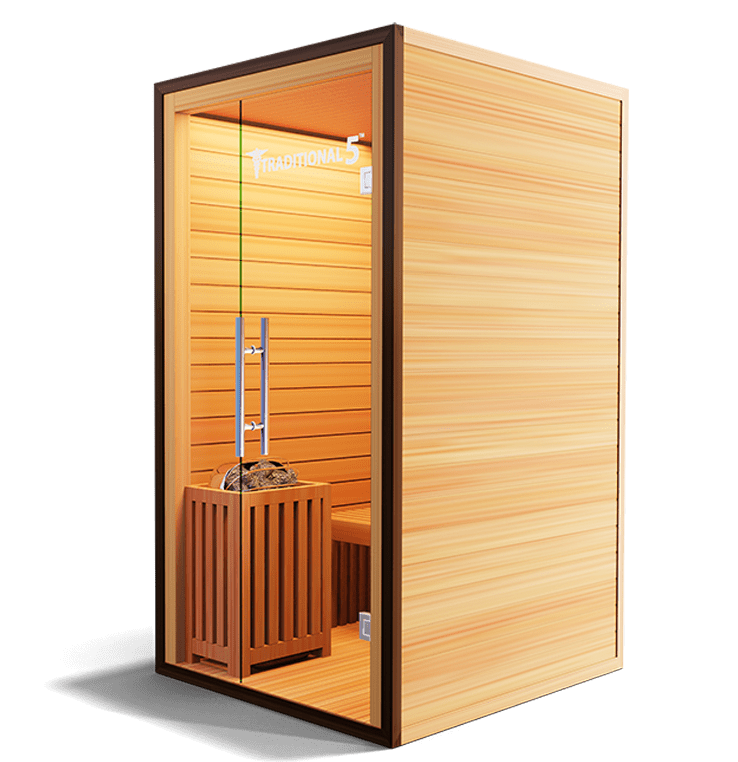An Unbiased View of Traditional Sauna
An Unbiased View of Traditional Sauna
Blog Article
Unknown Facts About Traditional Sauna
Table of ContentsLittle Known Questions About Traditional Sauna.Little Known Facts About Traditional Sauna.How Traditional Sauna can Save You Time, Stress, and Money.See This Report about Traditional Sauna8 Simple Techniques For Traditional Sauna
A lot of the weight lost in a sauna is water loss and is re-gained upon rehydrating. Without a doubt sauna can be an essential part of a healthy weight loss program. To check out the distinctions in between typical and IR saunas, I will certainly divide these right into proven, theoretical, and produced differences.Thus, the hottest point in the saunawhich is at the ceiling straight over the sauna heateris typically in between 185 and 190 F. Claims that a traditional sauna exceeds 200 F is simply not real and not relevant for electrical saunas offered in the US. The temperature for a far-infrared sauna is typically set in between 120 and 140 F; nonetheless, unlike the typical sauna, the objective in and IR room is not to achieve a high temperature.

When a conventional sauna has actually been appropriately heated, the sauna wall surfaces are warm, the air temperature level has accomplished set temperature level and the rocks are super warmed. As an interesting side note, the heated wall surfaces and the rocks are sending out far-infrared warm, combined with the heated air, to develop an "enveloping warmth".
Some Ideas on Traditional Sauna You Need To Know
When the high temperature level is achieved, the aspects cycle on and off to preserve the high temperature. Many typical sauna users take pleasure in putting water over the rocks to create steam to increase sauna moisture degrees. The advantages of putting water over the rocks include: making the room a lot more comfy, dampening the nasal flows, and allowing the use of aromatherapy by mixing necessary oils with the water.

When the power gets in the body, it creates the body temperature level to boost and eventually leads to sweating. In an infrared sauna it is very important for her comment is here the emitters/heaters to remain on almost constantly. Since there is no mass of rocks to retain warmth, the sauna will certainly cool if the emitters shut down.
The 6-Second Trick For Traditional Sauna
As pointed out above, the sauna bather in an infrared area wants to place himself in front of operating emitters to obtain maximum gain from the heat. The home heating time for the two areas can be extremely various, depending upon just how the spaces are used. For a standard sauna, a bather ought to permit 30-40 minutes for the area to achieve a wanted temperature and to effectively pre-heat the rocks.

A well constructed sauna will normally attain a temperature of 150-160 F in about 30-40 minutes. For hotter temperatures, the space might require to heat for a longer duration.
To some, 15 minutes was "thrown away" while the infrared power heated up the timber panels instead of heating up a body, while others locate a pre-heated area to be more comfortable and believe an elevated beginning temperature level is necessary to begin perspiring. The size of recommended usage for each and every area is approximately the same (10-15 mins per session); nonetheless, as a result of the reduced air temperature levels and the capability to really feel the impacts of infrared warm faster than a conventional sauna, it is not uncommon for a person to invest a total amount of 20-30 mins in an infrared sauna.
The Main Principles Of Traditional Sauna

The average expense per kWH of power in the U.S. is around $0.11, so a 4.5 kW heater will set you back about $.50 to run for one hour, if the heating unit runs continually for one hour. Generally a sauna heating unit will certainly compete 75% of the first hour and 50% of subsequent hours on considering that the components cycle once the set temperature is accomplished.
A 2 individual far-infrared area is usually site here physically smaller than a typical sauna, often regarding 4' x 4' or smaller. The IR heating unit is usually 1.5-1.7 kW making use of a 120 volt 15 amp plug-in service. Since the space can be utilized earlier than a sauna area, we will certainly assume the room is read the full info here used for to of an hour including heat up time.
There is a seldom talked about difference in the social experience between the two rooms. While our culture has shed several of the social advantage of the typical sauna experience, it can be really socially rewarding (Traditional Sauna). From family time in the sauna, to heart-felt conversations with better halves, to sauna partiesthe typical sauna experience can bring about intimate mingling
Traditional Sauna Things To Know Before You Buy
Many greater end infrared spaces consist of colored light treatment, sound systems and full-glass fronts.
Report this page